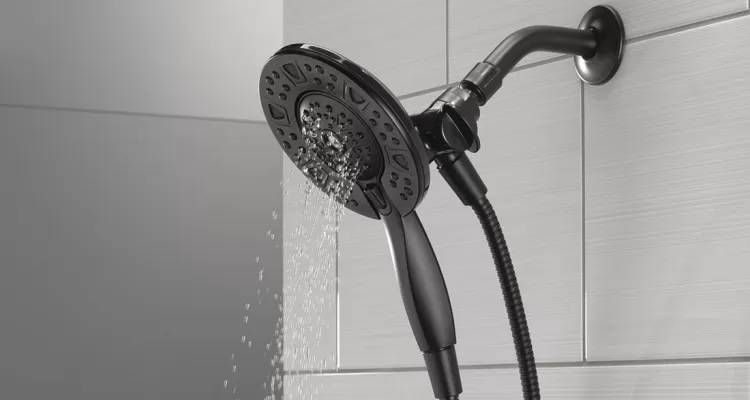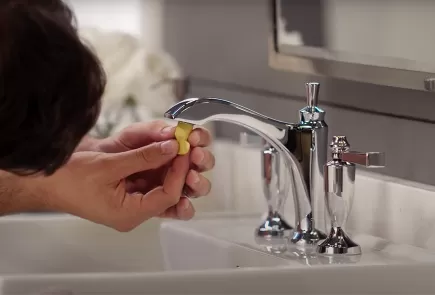- Baño
- Cocina
-
Diseño e innovación
-
 Ver innovaciones
Ver innovacionesSimplifique el día a día con un toque de tecnología.
-
 Inspírese
InspíreseVea la vida como lo hace Delta. Encuentre inspiración para estar a la moda y prepararse para su próximo proyecto.
-
 Ver experiencias de diseño
Ver experiencias de diseñoDescubra cómo nos asociamos con los importantes blogueros de HGTV y más para crear experiencias de diseño exclusivas.
-
-
Servicio y piezas de repuesto
-
 Encuentre piezas e identifique sus productos
Encuentre piezas e identifique sus productosIdentifique el número de modelo de su producto o use herramientas para identificar la pieza que necesita para solucionar un problema.
-
 Centro de ayuda
Centro de ayudaExplore artículos y videos prácticos sobre temas de soporte habituales.
-
 Registrar su producto
Registrar su productoRegistre sus productos para acelerar el servicio.
-
-
Liquidación
-
 Más información sobre los productos recertificados de Delta
Más información sobre los productos recertificados de DeltaDeles una segunda oportunidad a los productos de Delta que han sido devueltos para que tengan un impacto duradero en su hogar, el planeta y su economía.



























